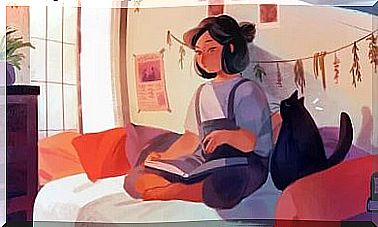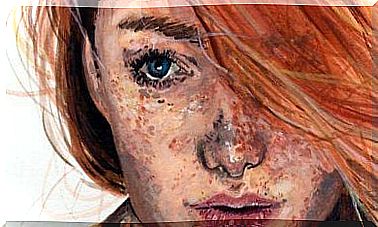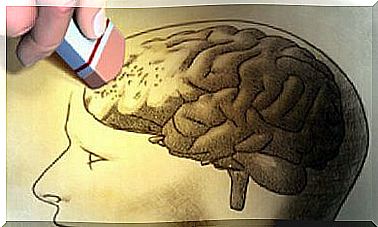Juan Rulfo: The Biography Of A Literary Genius
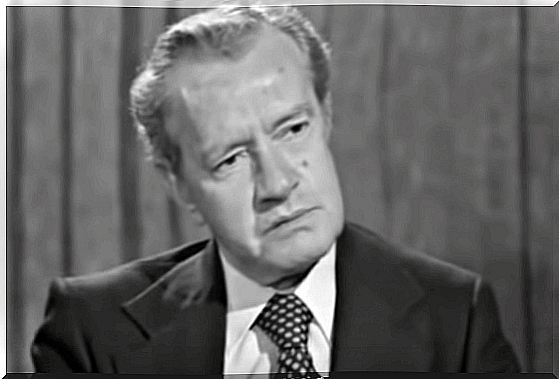
Juan Rulfo was a moving writer who gave Mexican peasants a universal voice. Although he did not win the Nobel Prize for Literature, he left behind two great works, the novel ‘Pedro Páramo’ and the storybook ‘The burning plain’.
His real name was Juan Nepomuceno Carlos Pérez Rulfo Vizcaíno. Exactly where he was born is not known and several locations are being considered: Sayula, as shown on her birth record; Apulco, where his mother’s property was; or San Gabriel, the city that marked your heart. What these places have in common, besides being in Jalisco, are the scars of the Mexican Revolution and the Cristera War.
An act of violence marked the childhood of this fabulous writer. He was born on May 16, 1917 and witnessed the great social upheavals of the 1920s in Mexico. When he was just 6 years old, his father was murdered. His mother was very affected and died 4 years later. This caused Juan Rulfo’s childhood to sink into an emotional fracture, and he only found solace in art.
The books, life…
Juan Rulfo’s education was unstable, he had to change schools several times for various reasons. After his mother’s death in 1927, he was admitted to the Luis Silva School in Guadalajara, by decision of his uncle. He stayed there until he was 15 years old.
One of his teachers, Father Irineo Monroy, unconsciously gave him a definitive legacy: books. That priest had been an ecclesiastical censor, passing through houses reviewing publications to determine whether it was lawful to read them or not. He kept the books he considered prohibited and, in this way, created an extensive library.
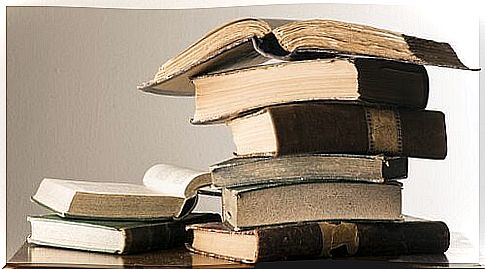
When he died, he left all his books in the house where Juan Rulfo lived. From that moment on, reading would become Rulf’s great pastime. Once, Rulf himself said: “I spent all my time reading, no one could go out because they could be shot”. That’s how he grew up and formed: between the books of Alexandre Dumas, Victor Hugo and every work that fell into his hands.
In reality, Rulf was not an author who liked to talk about his life. Sometimes it fell into ambiguities or gave uncertain data. For a long time, he claimed to have been born in 1918, but according to the most reliable documents, he was born in 1917. Certainly, he changed his birth date to bring him closer chronologically to younger authors and the ‘literary boom’ that was experienced. on the mainland.
Juan Rulfo: a traveler and a creator
Juan Rulfo belongs to the group of writers who never obtained a university degree; he was a self-taught author. He tried to start his studies at the University of Guadalajara, but a long strike prevented him. He wanted to revalidate his academic credentials but was prevented from doing so. Then, in 1934, he decided that he would not enter academic life, opting for a new path. From that moment on, his traveler’s soul took possession of him.
In 1937, he began working as a file classifier at the Secretariat of Government of Guadalajara. At that time, he also began a decisive friendship with Efrén Hernández, the first person who believed in his writings and encouraged him to make them public. In 1941, he held the position of migratory agent and there he met the writer Juan José Arreola, who had a strong influence on him.
At that time, he had already developed the other passions that always accompanied him: photography, history and anthropology. Juan Rulfo, who later became known through great works, had already graduated.
Juan Rulfo: a universal writer
In 1948, Juan Rulfo married Clara Aparício, with whom he had several children. Little by little, his fame as a writer and intellectual grew and he was awarded several scholarships that were awarded by the Center for Writers of Mexico. This allowed him to devote himself fully to writing.
In 1953 he published ‘The plain in flames’ and in 1955, ‘Pedro Páramo’. The latter is considered one of the great novels in universal literature.
These two great works gave national and international fame to Juan Rulfo. At the time, he was the most recognized writer in all of Mexico. He received praise from great writers such as Jorge Luís Borges, Susan Sontag, Gabriel García Márquez and many others.
The last twenty years of his life were dedicated to the Instituto Nacional Indígena de México, where he edited one of the most important collections in anthropology. He also held several photographic exhibitions and published new literary works in the 1980s.
Rulf was one of the first authors who managed to incorporate popular and local language into his novels without the need to include a glossary. That is, without the need for a manual that would allow its decoding. The text itself already served to interpret the meaning and understand the most popular aspects of its language. In Latin America, there is a growing trend towards regionalism and local culture.

Conclusion
Rulf scored a before and an after. Without his work, we could not understand later literature. Rulf’s world is not so much regionalist as rural. This made him a mythical author who was referenced and praised by countless authors.
The legend of Rulf was constructed as a kind of myth; marks a kind of ironic distance between the reader and him. This legend was reinforced by its silence. Rulfo stopped publishing from 1955 onwards, but the reasons are uncertain. Some scholars wanted to see little anxiety in them, but they also failed to clarify the reasons. The paradox of this author is that, as his fame as a writer increased, his output decreased.
His fame made him one of the most recognized authors in Mexico and the awards were immediate. In 1983, he received the Prince of Asturias Prize, although he died a few years later, in 1986.
It is not easy to describe with words what the work of Juan Rulfo provokes. Suffice it to say that it doesn’t look like anything known and, at the same time, it’s familiar to everything.
